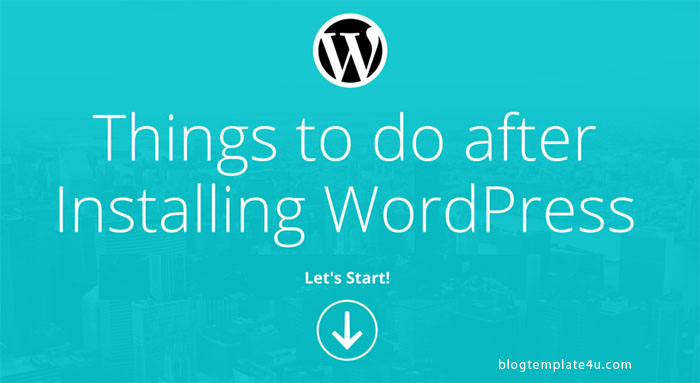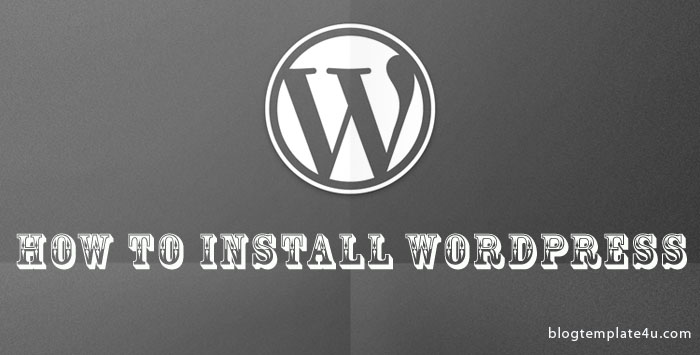Are you looking to create a blog but figuring out from where to start?
You are at the right place.
You might have a reason to start a blog which serves you as a platform to share your story, showcase your art work even if you want an online presence for your small business.

Creating a blog is not so simple, but we have created a step-by-step guide which would make the process a breeze:
- Pick a profitable niche and your blog name
- Register a domain name and web hosting
- Blog Setup – Install WordPress, theme, plugins and add key pages
- Write quality content and promote your blog
1. Pick a profitable niche and your blog name
Let's give a name to your blog.
But before that, you need to decide the niche that you want to cover. It is the content that you are going to focus around.
It could be travel, finance, food, technology and the list goes on. When choosing a niche, go by your passion or the area in which you have required experience.
Once you decide on the niche, what next?
yes, generating a blog name.
Your blog name should be self explanatory (ex. www.myblog.com), and easy to remember as this is what the user will type on the browser or see it on the search engine results.
If you are creating a personal blog, then choose your own name otherwise do some brainstorming sessions and come up with a unique name that serves the purpose.
Disclaimer: please note that the blog post contains affiliate links from which I may get commission if you purchase a paid plan with no extra cost to you. However, these are the best products needed to start a blog and also I only recommend the products which I use.
2. Register a domain name and web hosting
What is the domain name?
It is what users type in the browser to reach your website and to access the content. In short, it is like the address of your blog on the Internet. ex, google.com is the domain name for Google.
Things to consider before choosing a domain name
- Keep it short and specific
- It should be easy to type and remember.
- Consider adding your keyword.
- Go for .com top-level extension if available.
- Avoid using number, hyphens, or any allowed special chars as it confuses users.
Finding the right domain name you want is indeed a painstaking task. You try a unique mixture of words for this purpose based on your niche.
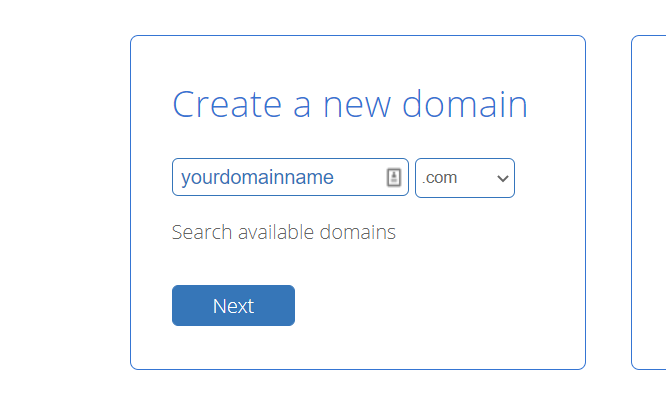
Please note that you get one free domain with Bluehost web hosting.
Inside the search box of any domain-finding website, you type unique domain names to check out if they are available, and someone else has not already bought them.
By the way, you can register your domain for either a year or up to 10 years, but our recommendation is to register it for at least 5 years so that you can keep building your brand or blog with no distraction of these kinds of renewals.
And yes, do not forget to add domain privacy to your domain. It will ensure your address and name are private from spammers.
Did you select your domain name? Alright!, keep a note of it and hold tight as we are going to show you how to get the domain name for free.
So our next step is to get web hosting. Web hosting is a service that enables you to store all the files related to your blog or website. Also, it makes sure that your website is available for anyone to check out.
When an user enters your domain name on the browser, it goes through multiple hops to access the server on which we host the blog.
You need to consider a few factors before purchasing web host
- Enough capacity for the traffic you get. It implies the amount of inbound and outbound traffic that is consumed by your blog for each visit.
- Web Hosting provider reliability and uptime
- The cost factor – sign-up and renewal price. Remember, the cheapest option is not inevitably the best.
- It is good to know each and everything your hosting provider includes as part and parcel of the package, mainly one-click installer for non-tech background.
- Essential backups for your blog in case of disaster
- Web Hosting server speed and responsiveness
- And finally, the refund policy of your web hosting if you are not satisfied with their service
It's very important to examine all these factors when finding a hosting provider. Don't worry. We will keep your web hosting provider search short.
As with all these years of our experience, we recommend Bluehost and they are the official WordPress preferred hosting provider.
The good thing is, Bluehost offering a free domain name and 65% discount on the web hosting plans for our readers.

3. Blog Setup: Install WordPress, themes, plugins, add key pages
Now that you have got domain and web hosting. Let's start with setting up your blog.
-
Install WordPress – free blogging software
Essentially, there is no better option than WordPress platform for blogging. The stack is open-source, easy to use and widely used by many.
With WordPress, you get a backend dashboard where you can manage layout design, content, and the plugins with which you can extend the functionality. The front-end is where your visitor sees the content.
Installing WordPress means you will get a full-fledged CMS (content management system). Plus, it is convenient to navigate through.
There are many options to install WordPress stack. The good thing is that Bluehost provides a straightforward one-click installer with which you can install WordPress within 10min.

Login to Bluehost control panel and click on My Sites >> Create Site. The installer would ask a couple of questions like site name, tagline, admin mail-id, username and password for the new blog that you are going to start.
The installer would take a few minutes to install the WordPress stack.
-
Give a professional look and feel by installing Theme
The default installation of WordPress provides you with free theme and ready-to-use dashboard from which you can start writing content for your blog. It is a theme that offers you a general layout of your site.
It is not ideal to go with a free version of WordPress theme, as these will come with design limitations and not have enough features.

You have two options available to build the front-end of your blog.
- You can hire a developer to design a custom theme for you. (Pricey)
- Or you can leverage an already created premium theme. (recommended)
- Or else keep the free version of theme running, which comes with WordPress installation (not recommended if you want to take the blogging to next level)
WordPress themes make your front-end looks professional if you go with ready-to-use premium version.
Understandably, customizing your website would require some time. If you can manage it yourself, it is well and good otherwise we recommend Avada premium theme because it is #1 top seller in the market for last 8 years with 600k+ user base and maintains regular theme updates.
Avada theme gives you design freedom that allows you to make anything and everything with the builder it provides.
-
Extend your blog functionality by installing plugins
Indeed, your theme offers you more of a design aspect and functionality.
But if you need to extend or add any features, such as performance improvement, SEO, contact forms, newsletter subscription forms, galleries to name a few, that's where plugins come into save.
Plugins are WordPress apps which add additional features to your website without writing a code.
WordPress repository contains thousands of free plugins
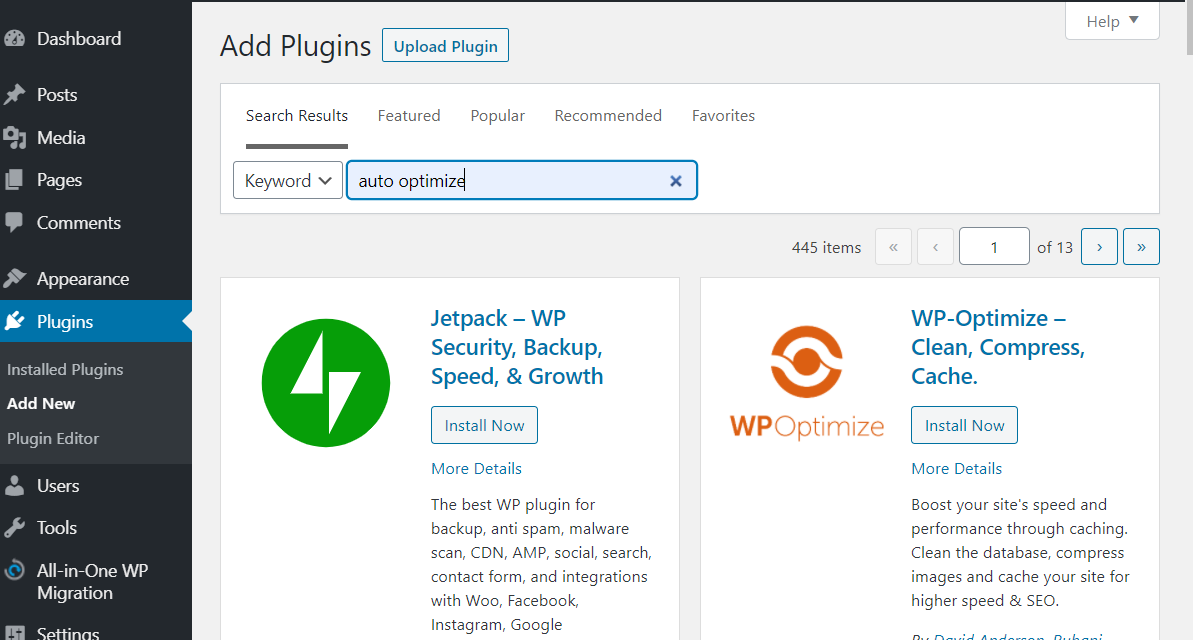
Our expert picks on the best WordPress plugins are as below.
- SEO – We recommend using RankMath or Yoast SEO to implement SEO. These are powerful tools that make it easy for you to optimize content for search engines with suggestions and content rating.
- Performance – We recommend using WP Rocket(Premium) because this is the most powerful and widely used caching plugin, which improves the speed of your WordPress site with few clicks. Or else you can use Auto-optimize (free).
- Backup – UpdraftPlus is most trusted WordPress backup plugin.
-
Add key pages to your blog
Setting up of your blog is almost done, and it's time for you to add a few key pages like About, Contact Us, Terms of Service, and Privacy Policy.
- About Us – You can tell a story of yours, how you started blogging or how your brand originated. This allows your visitor to learn more about you and helps in building brand connection.
- Terms of Service (TOS) – TOS are the legal agreements between service provider and consumers or merely a disclaimer regarding the use of a website.
- Privacy Policy – You need to disclose how you collect and process customer or visitor data from your blog.
- Contact Us – The page containing contact form or the mail id to which the visitor can reach you. You can also mention business address if you got one.
4. Write quality content and promote your blog
For writing your first article, you can click on Posts and then Add New menu in your WordPress dashboard. This would open up editor where you can write content and publish.
With the fresh WordPress installation, you get dummy data. Delete those entries which are not needed for you and start adding your own content.
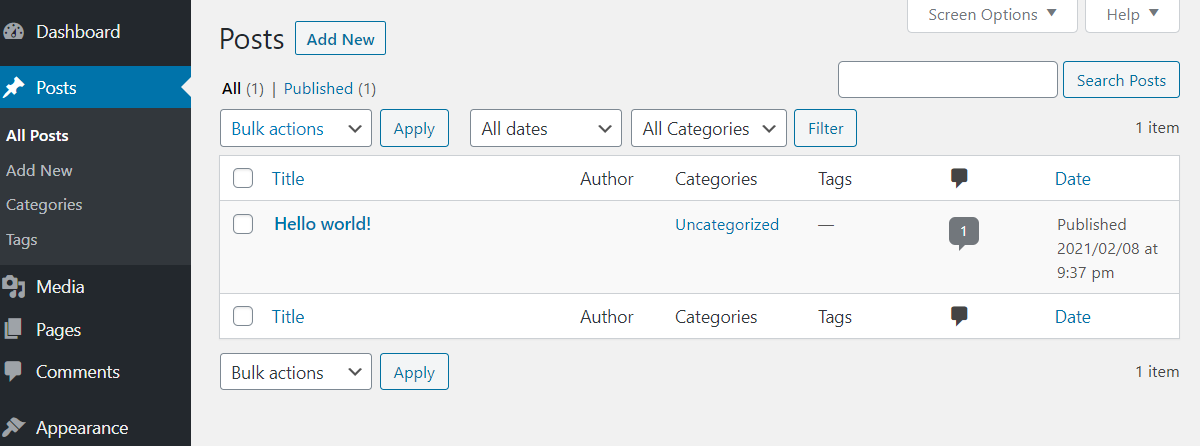
Planning your posts is essential. It helps you stick to a schedule and keep track of your outstanding ideas. It offers you an opportunity to test your content strategy. Besides, it helps you find answers to your questions like what you wish to write and how you can engage your readers with your content.
Stick to a writing style that influences your audience. Last but not least, you need to leverage SEO — It helps you get your website ranked on search engines like Google and Bing.
Final Thoughts
Remember, you can start a blog easily, but managing the whole blog on your own takes time, it needs dedication and efforts to make it successful.
Occasionally, you might come across issues with third-party themes and plugins. In those instances, do not get overwhelmed, but get help from experts when you feel the need.
WordPress has got huge community base so someone will be there to help in case you hit with any issues.
Finally, stick to editorial calendar and publish the high quality articles regularly and your visitors will be with you in no time.

